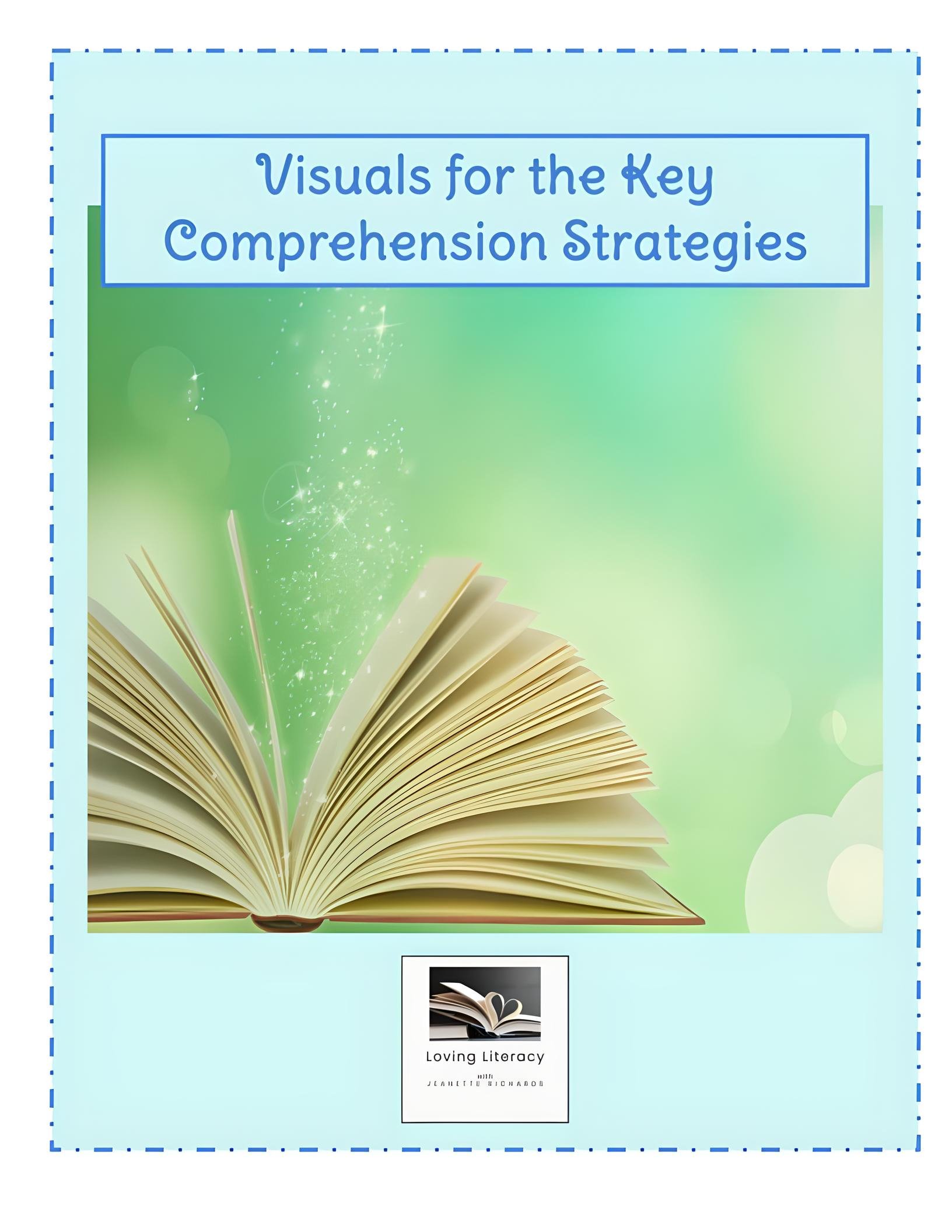Visuals for the Key Comprehension Strategies
Providing our students with a visual when we’re teaching something abstract, such as comprehension strategies, helps to solidify their understanding. This resource includes individual cards for the key comprehension strategies - accessing background knowledge, identifying known versus new information, asking questions, learning from images, monitoring comprehension, predicting for both fiction and nonfiction text, inferring characters’ feelings, actions, and/or traits, creating mental images, making connections to text, summarizing, evaluating, and synthesizing.
Each visual has the comprehension strategy worded in an “I can” statement. They are intended to use whenever you’re reading text with your students. Displaying the relevant strategy card or cards during the reading process helps students realize that our brains use these strategies to understand any text we read.
Providing our students with a visual when we’re teaching something abstract, such as comprehension strategies, helps to solidify their understanding. This resource includes individual cards for the key comprehension strategies - accessing background knowledge, identifying known versus new information, asking questions, learning from images, monitoring comprehension, predicting for both fiction and nonfiction text, inferring characters’ feelings, actions, and/or traits, creating mental images, making connections to text, summarizing, evaluating, and synthesizing.
Each visual has the comprehension strategy worded in an “I can” statement. They are intended to use whenever you’re reading text with your students. Displaying the relevant strategy card or cards during the reading process helps students realize that our brains use these strategies to understand any text we read.
Providing our students with a visual when we’re teaching something abstract, such as comprehension strategies, helps to solidify their understanding. This resource includes individual cards for the key comprehension strategies - accessing background knowledge, identifying known versus new information, asking questions, learning from images, monitoring comprehension, predicting for both fiction and nonfiction text, inferring characters’ feelings, actions, and/or traits, creating mental images, making connections to text, summarizing, evaluating, and synthesizing.
Each visual has the comprehension strategy worded in an “I can” statement. They are intended to use whenever you’re reading text with your students. Displaying the relevant strategy card or cards during the reading process helps students realize that our brains use these strategies to understand any text we read.
Here are a few examples of the comprehension visuals included in this resource.





